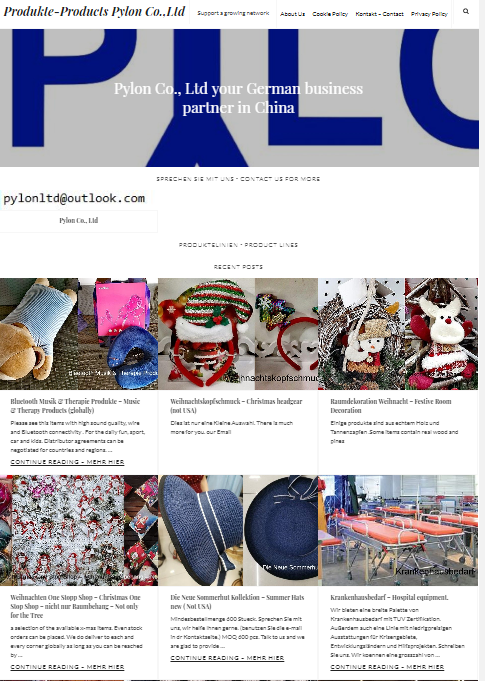Ningbo Education Museum opens
- Details
- Category: On The Campus
- Published: Tuesday, 19 May 2015 10:31
Ningbo Education Museum was officially open to public on May 16. Zhang Bai, President of China Association of Museums, Chairman of China Cultural Relics Protection Foundation, and former Deputy Director of the State Bureau of Cultural Relics, and Wu Zhiyou, Director of Beijing Museum of Confucian Temple and Imperial School, were invited to attend the opening ceremony of the museum. According to Zhang Bai, Ningbo Education Museum is the first museum for education at the municipal level, filling a gap for the domestic museum system.
Located at the No. 106, Heyi Road, the museum used to be a three-storey teaching building for the Yongjiang Girls' School, with a construction area of 2385 square meters. Three basic displays are arranged in the museum, including "evolution of education in the ancient period in Ningbo" , "contemporary road of education in Ningbo" and "modern education in Ningbo". There are also five secondary displays, including a group sculpture of ancient educators in Ningbo, the interactive classroom, a visual image of schooling for ancient people, the story of the Yongjiang Girls' School and an exhibition of old education items.
So far, the museum has collected over 3600 physical items and over 600 electronic ones, including a work of Zhang Yun, the last No.1 Scholar of the ancient imperial examination, a picture of the supervisor of the imperial school in late Qing Dynasty, a textbook for kids in Qing Dynasty and a book on the ways of cheating in imperial examinations.
Since its preparation two years ago, the museum has attracted support some organizations and people concerned, such as Guo Yongyao, Chu Jianguo and Ge Weidong. Statistics show that the museum has accepted over 3000 collections donated by 137 individuals and 116 organizations.
Meanwhile, the virtual museum has been established (www.nb-edu-museum.cn). The internet and multi-media technologies have made it possible for the museum to reach more people and t0 reform the traditional displays.








